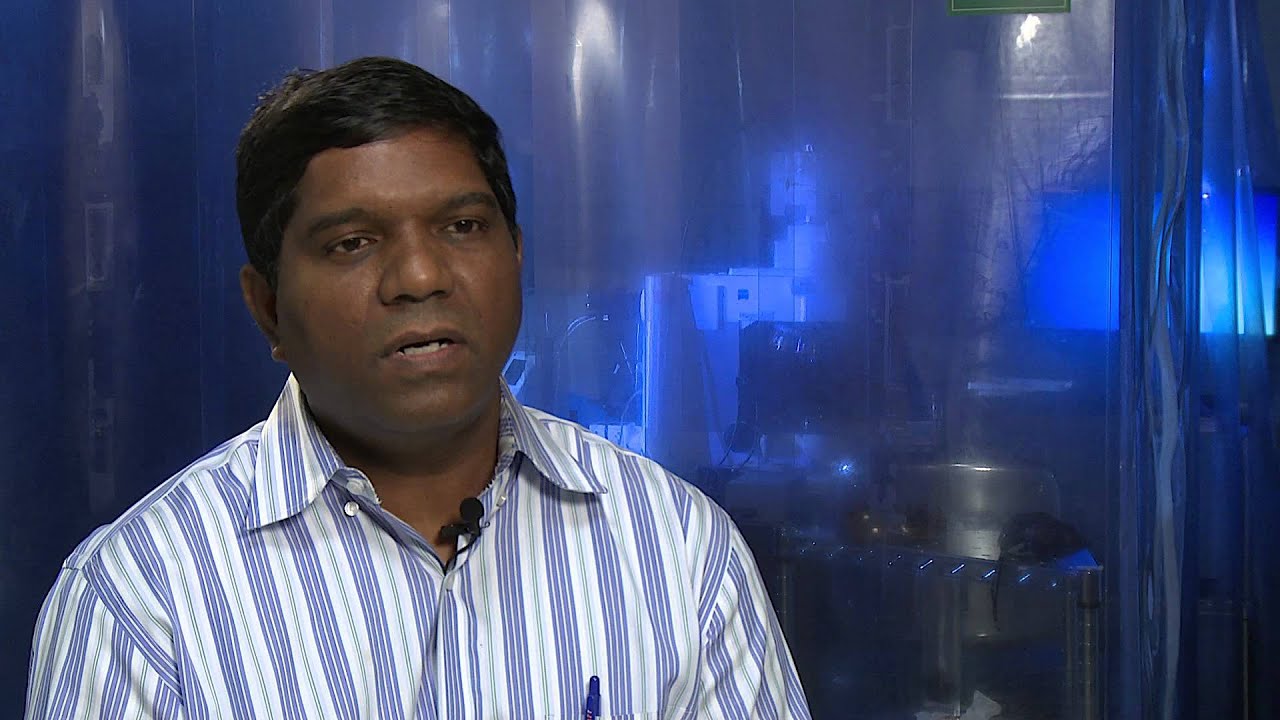Optical Microscope Technique Confirmed as Valid Nano-Measurement Tool
Recent experiments have confirmed* that a technique developed several years ago at the National Institute of Standards and Technology (NIST) can enable optical microscopes to measure the three-dimensional (3-D) shape of objects at nanometer-scale resolution—far below the normal resolution limit for optical microscopy (about 250 nanometers for green light). The results could make the technique a useful quality control tool in the manufacture of nanoscale devices such as next-generation microchips.
NIST's experiments show that Through-focus Scanning Optical Microscopy (TSOM) is able to detect tiny differences in 3-D shapes, revealing variations of less than 1 nanometer in size among objects less than 50 nm across. Last year,** simulation studies at NIST indicated that TSOM should, in theory, be able to make such distinctions, and now the new measurements confirm it in practice.
"Up until this point, we had simulations that encouraged us to believe that TSOM could allow us to measure the 3-D shape of structures that are part of many modern computer chips, for example," says NIST's Ravi Attota, who played a major role in TSOM's development. "Now, we have proof. The findings should be helpful to anyone involved in manufacturing devices at the nanoscale."
Attota and his co-author, Ron Dixson, first measured the size of a number of nanoscale objects using atomic force microscopy (AFM), which can determine size at the nanoscale to high accuracy. However, the great expense and relatively slow speed of AFM means that it is not a cost-effective option for checking the size of large numbers of objects, as is necessary for industrial quality control. TSOM, which uses optical microscopes, is far less restrictive—and allowed the scientists to make the sort of size distinctions a manufacturer would need to make to ensure nanoscale components are constructed properly.
Attota adds that TSOM can be used for 3-D shape analysis without needing complex optical simulations, making the process simple and usable even for low-cost nanomanufacturing applications. "Removing the need for these simulations is another way TSOM could reduce manufacturing costs," he says.
More details on the TSOM technique and its application to 3-D electronics manufacturing can be found in this story, which covers the 2013 simulation study.
*R. Attota and R.G. Dixson. Resolving three-dimensional shape of sub-50 nm wide lines with nanometer-scale sensitivity using conventional optical microscopes. Applied Physics Letters, 105, 043101, July 29, 2014, http://dx.doi.org/10.1063/1.4891676.
**See the June 2013 NIST Tech Beat story, "Microscopy Technique Could Help Computer Industry Develop 3-D Components."


